DM WebSoft LLP exceeded our expectations! Their seasoned team of experts delivered a website that perfectly captures our brand essence. Their 15+ years of experience truly shine through in their exceptional web development skills.
Email vs. Social Media: Which One Actually Drives More Sales?

TABLE OF CONTENT
Introduction
The Power of Email Marketing: Why It Still Works
The Impact of Social Media on Sales: Is It Really Effective?
Email vs. Social Media: Which One is More Profitable?
The Role of Personalization in Email vs. Social Media Marketing
Engagement vs. Conversion: The Key Difference Between Email and Social Media
The Cost of Email Marketing vs. Social Media Advertising
Trust and Customer Relationship Building: Email Wins Again
Why You Need Both Email and Social Media for Maximum Sales
How Email and Social Media Complement Each Other in the Customer Journey
Which One Should You Focus on First: Email or Social Media?
The Role of Mobile Optimization in Email vs. Social Media Marketing
Conclusion: The Winning Strategy – Integrating Email and Social Media for Maximum Sales
Get in Touch
Introduction
The Power of Email Marketing: Why It Still Works
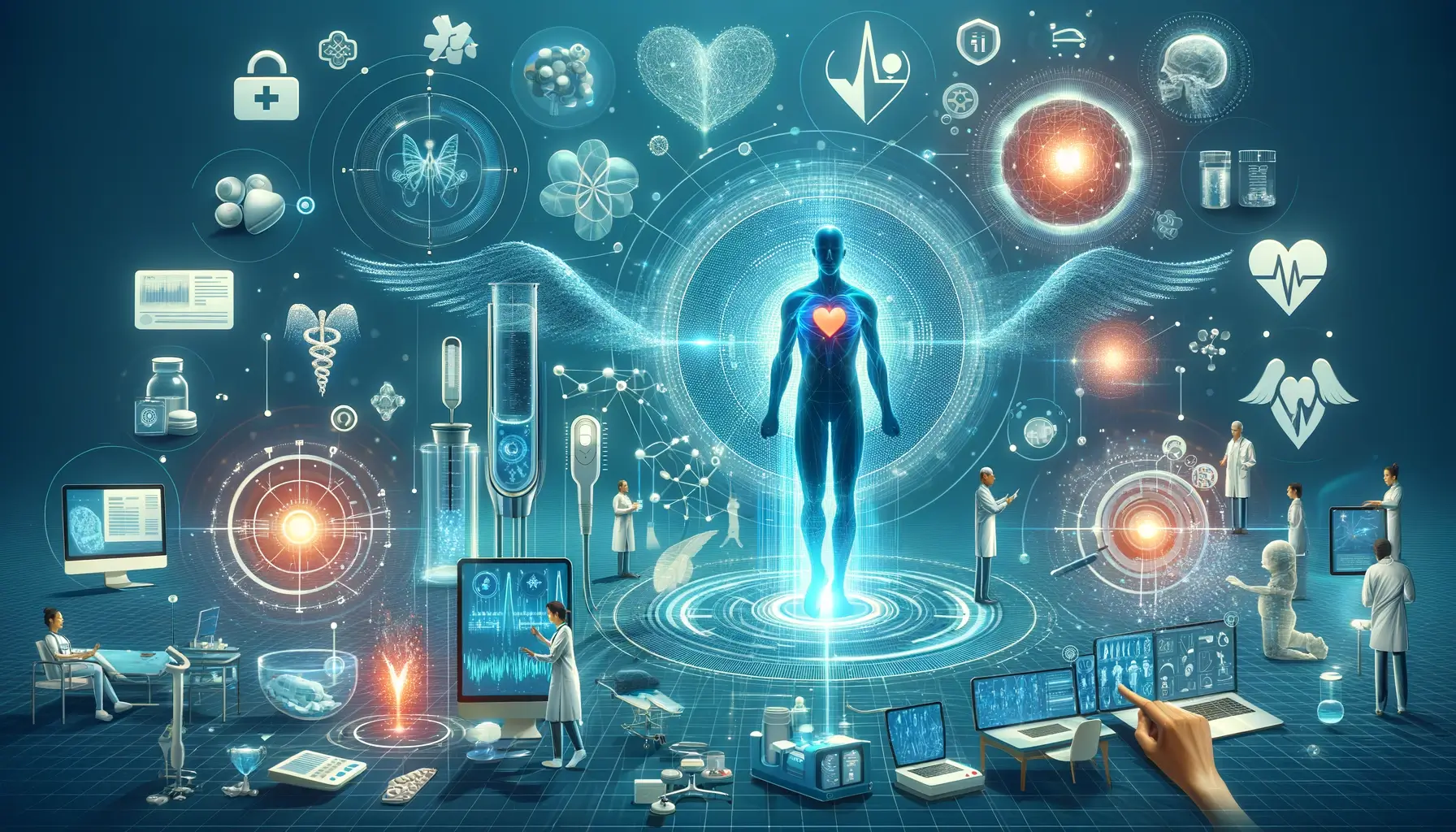
Personalization is one of the most important considerations in digital marketing success, and companies that offer customized, relevant experiences experience much higher levels of engagement and conversion. When email marketing is compared to social media, email offers many more opportunities for extensive personalization, and thus it is a more potent tool for lead nurturing and sales-driven results.
With email marketing, companies can target their audience on the basis of purchase history, browsing activities, and individual preferences. This way, marketers are able to send highly personalized messages, tailored product suggestions, and special offers that are most directly applicable to the recipient. Research indicates that customized email campaigns bring 6x higher transaction rates compared to normal marketing emails.
Social media personalization is more constrained, however. Although Facebook and Instagram employ AI-powered ad targeting to present users with content they’re interested in, companies have less control over the exact messaging and content delivery. Social media ads are interrupted by other users’ content, distractions, and algorithm updates, which make it harder to have a seamless and customized user experience.
In addition, email is for one-to-one contact, while social media is for mass interaction. While firms engage with consumers through comments, private messages, and live chats, these occur in open, unpredictable, and harder-to-achieve manners than the systematic way of email campaigns.
For companies that need to boost conversions with personalization, email marketing is the outright winner. DM WebSoft LLP assists companies in deploying AI-powered email segmentation and automation solutions to provide highly customized customer experiences leading to increased sales and customer loyalty.
Trust and Customer Relationship Building: Email Wins Again
Get Started Now !
What’s the Process ?
Request a Call
Consultation Meeting
Crafting a Tailored Proposal
Get Started Now !
Real Stories, Real Results. Discover What Our Clients Say

Working with DM WebSoft LLP was a game-changer for our business. Their technical prowess and innovative solutions transformed our online presence. A highly recommended web development agency with a stellar track record.

We are thrilled with the results DM WebSoft LLP delivered. Their deep understanding of web development coupled with years of expertise ensured a seamless and visually stunning website. True professionals!

In a digital age where first impressions matter, DM WebSoft LLP crafted a website that speaks volumes. The team’s attention to detail and commitment to quality set them apart. Thank you for making our vision a reality.

DM WebSoft LLP’s team demonstrated unparalleled expertise. Their ability to navigate complex technical challenges with ease is truly commendable. Choosing them for our web development needs was the best decision.

Exceptional service, unmatched skills! DM WebSoft LLP stands out as a leading web development agency. Their collaborative approach and commitment to excellence make them our go-to partner for all things web-related.

DM WebSoft LLP turned our ideas into a digital masterpiece. The seamless communication and timely delivery of our project showcased their professionalism. Highly impressed with the level of creativity and skill.

Our experience with DM WebSoft LLP was nothing short of amazing. From concept to execution, their team provided top-notch web development services. A reliable partner for businesses looking to elevate their online presence.

DM WebSoft LLP’s team of tech experts is second to none. Their wealth of experience reflects in the quality of their work. Our website not only meets but exceeds industry standards, thanks to their dedication.

Choosing DM WebSoft LLP was the best investment for our web development needs. Their team’s proficiency, coupled with a customer-centric approach, made the entire process smooth and enjoyable. A pleasure to work with!



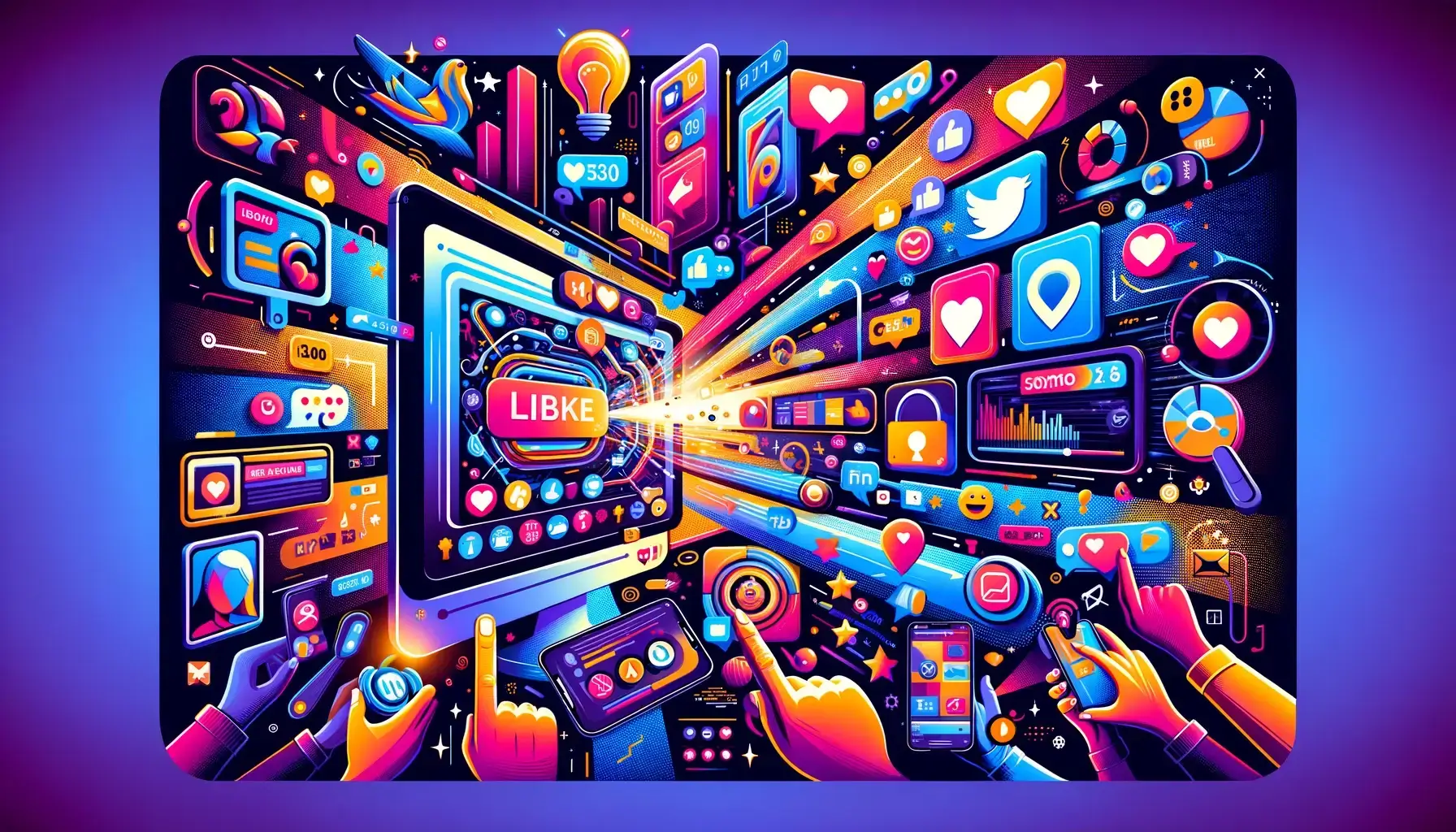


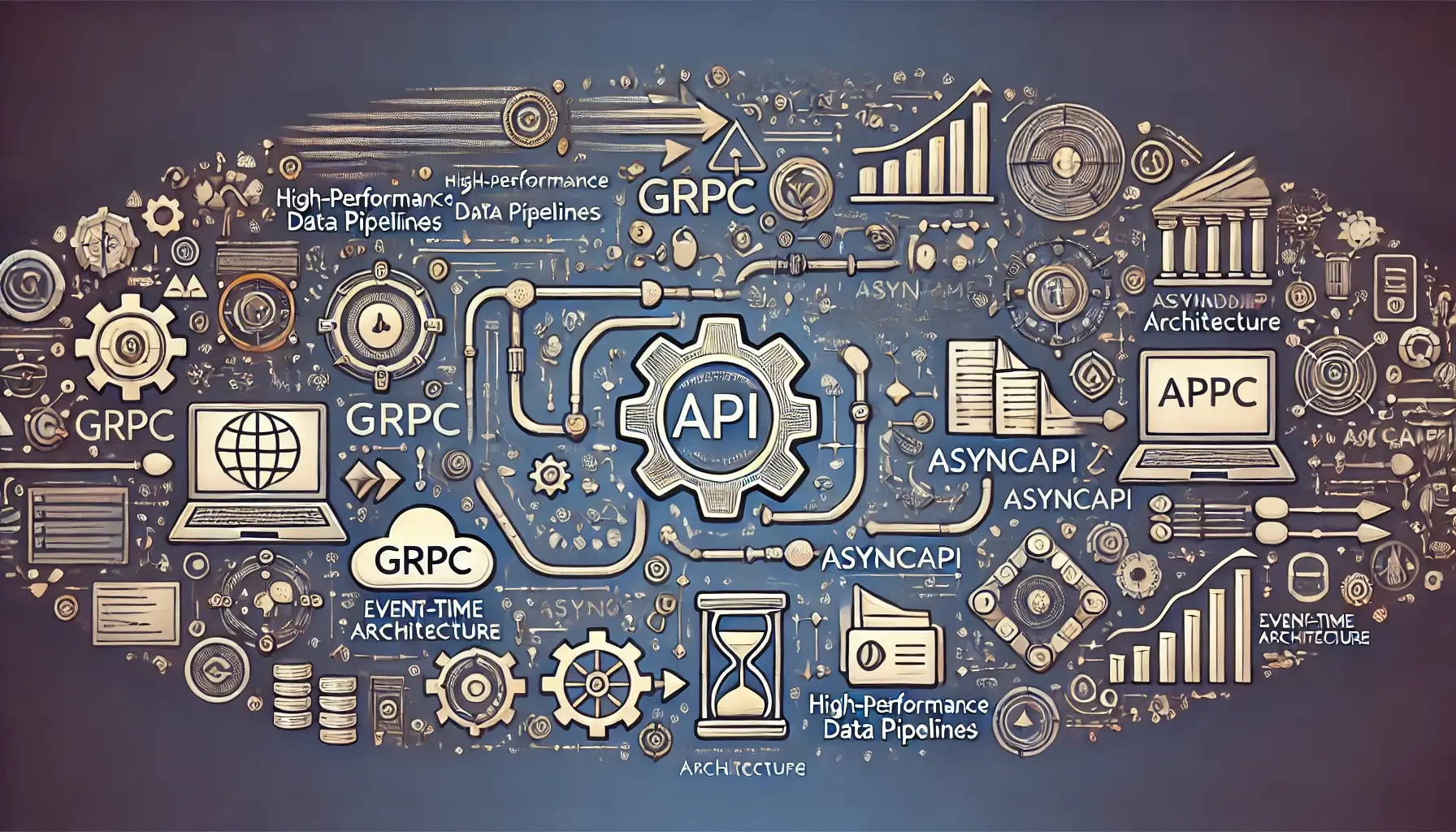
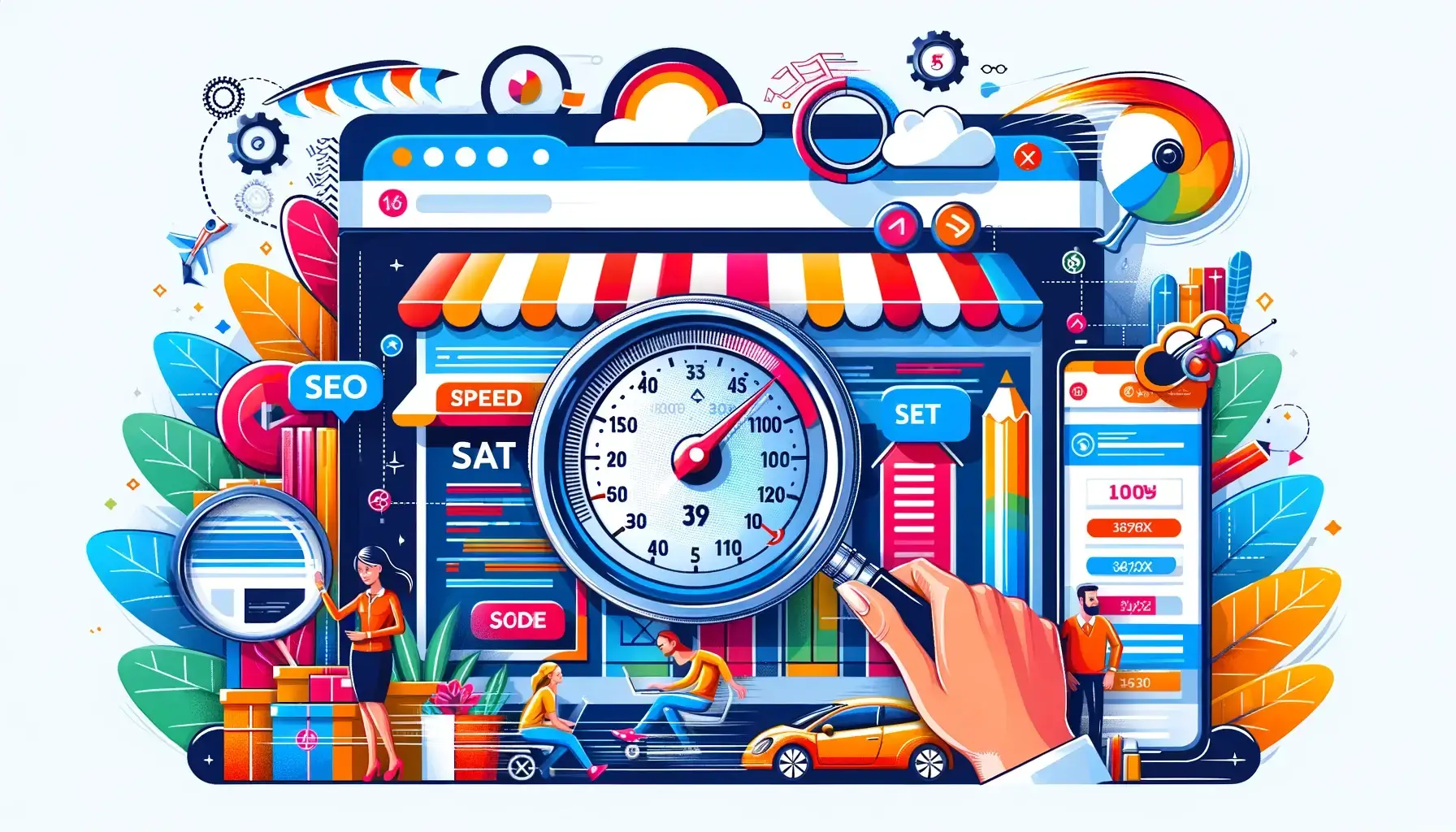
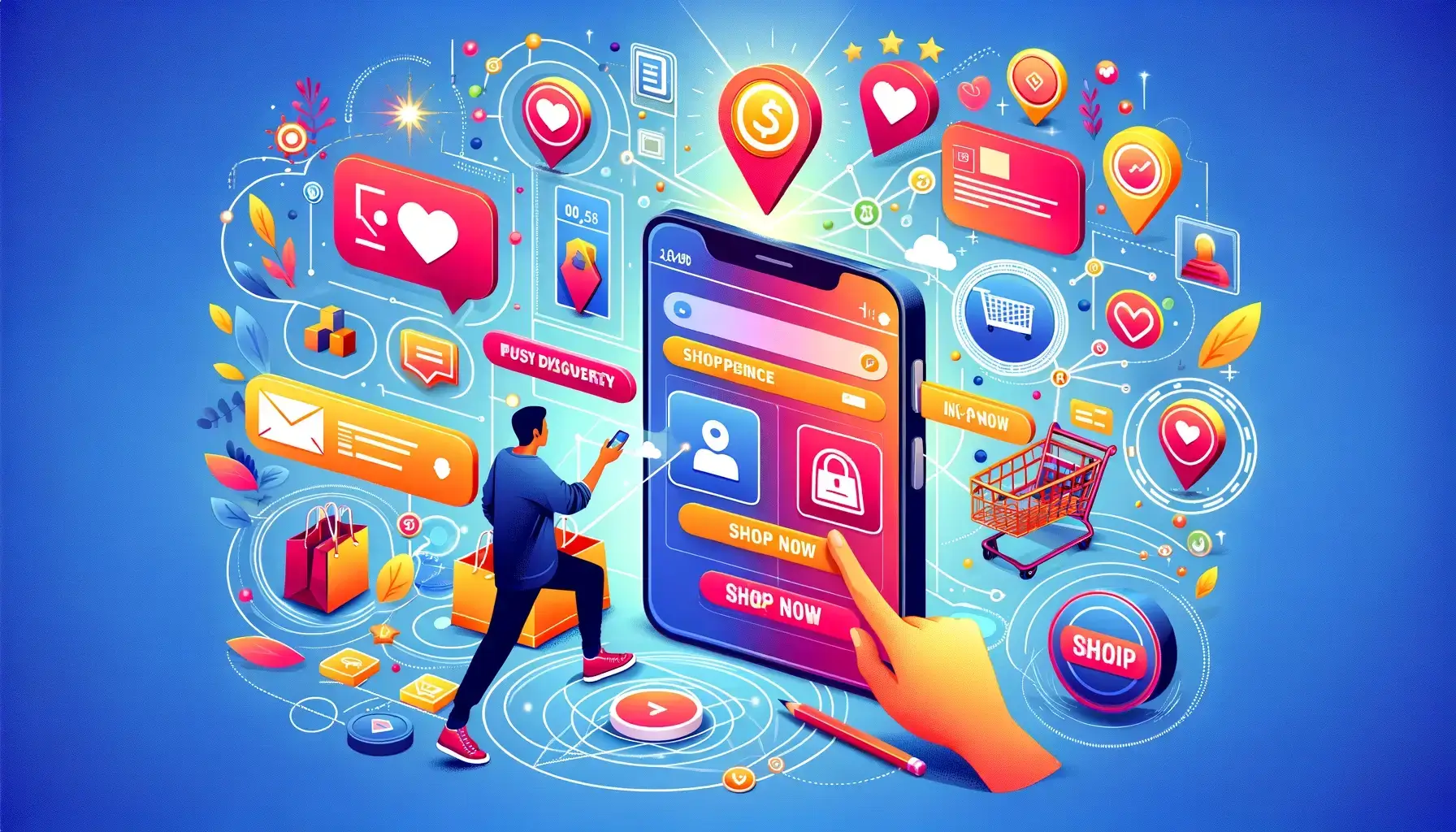

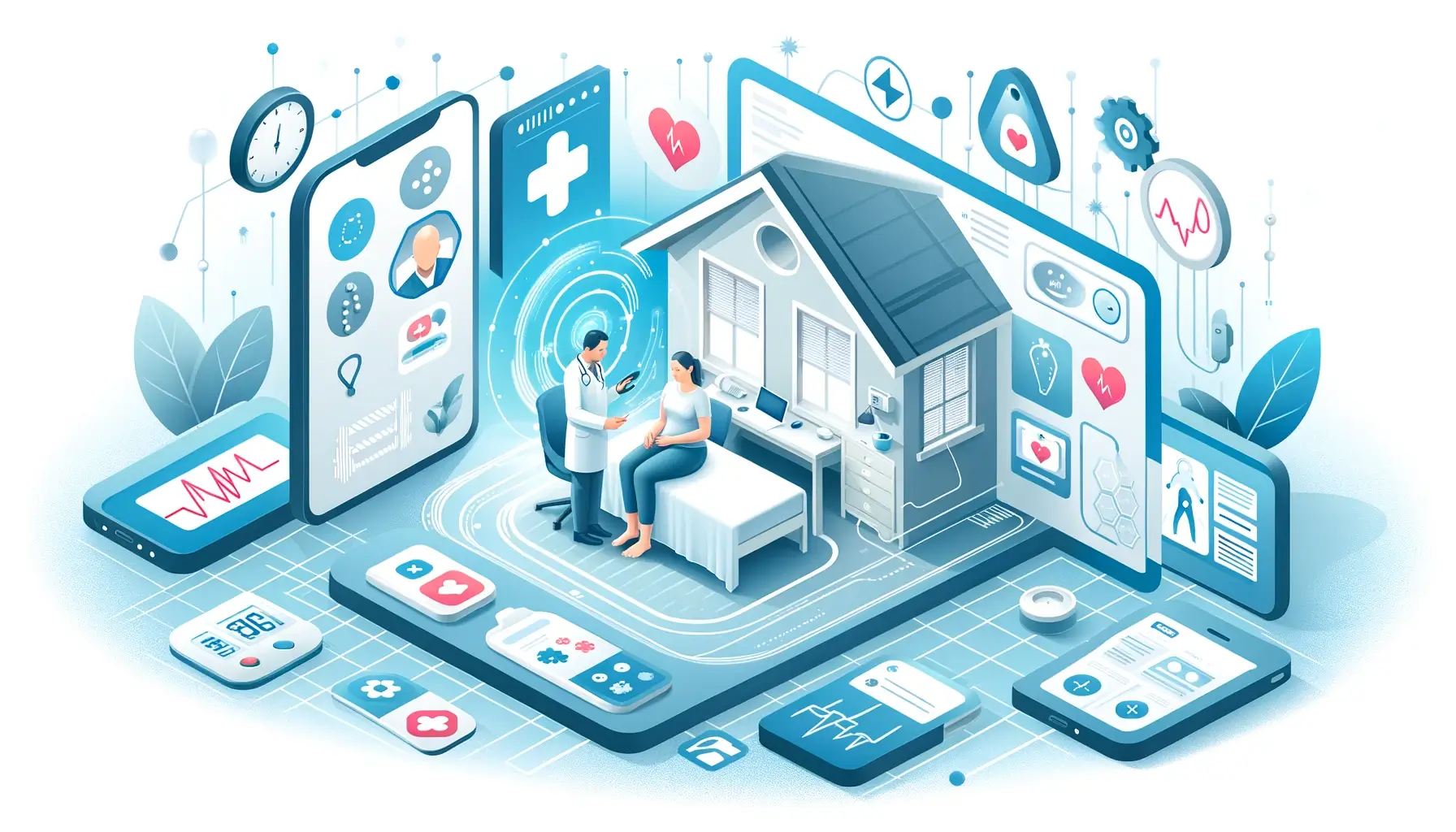


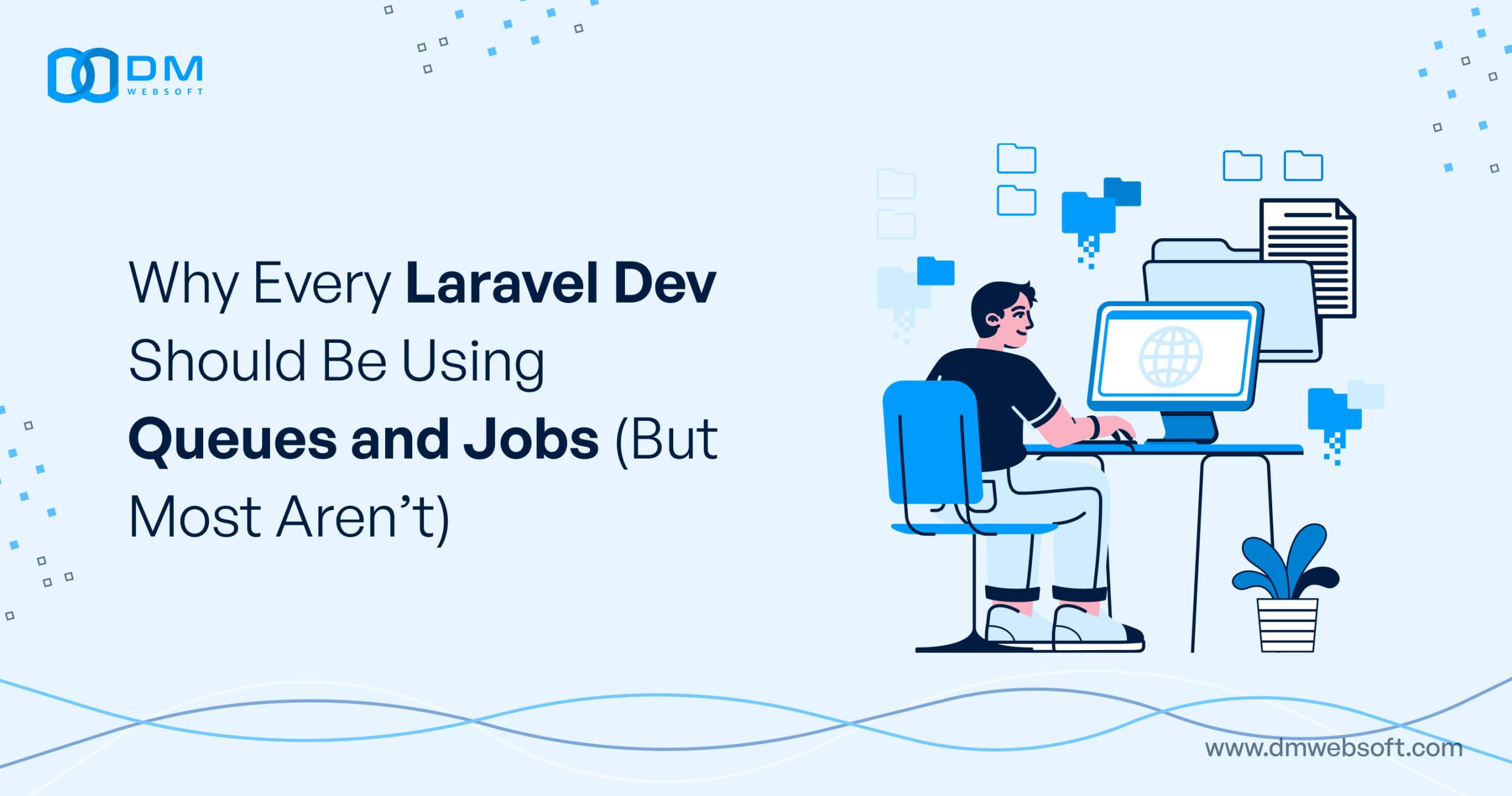
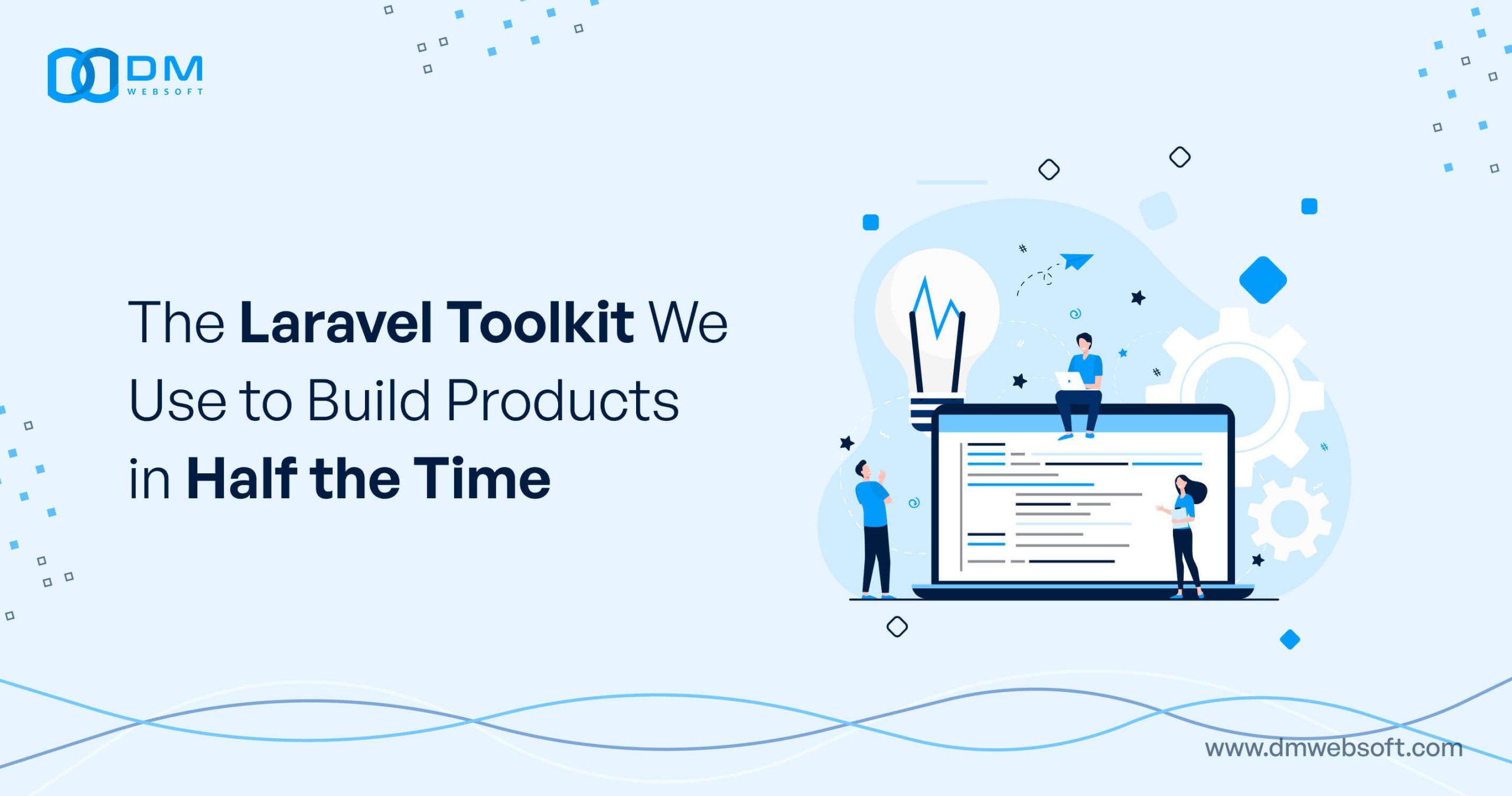

Social media has transformed the manner in which companies connect with their audience, facilitating live interaction, brand consciousness, and viral marketing opportunities. With more than a billion users across different platforms like Facebook, Instagram, LinkedIn, and Twitter, social media marketing is now a core tool utilized for creating brand consciousness and customer acquisition.
One of the greatest strengths of social media is its broad reach. Social media, unlike email marketing, which needs a subscriber list, enables companies to engage with new audiences through organic content, paid media, and influencer collaborations. This makes social media extremely effective for brand discovery and first-time customer engagement.
Social media marketing is equally excellent at visual storytelling. Platforms like Instagram, TikTok, and Pinterest allow companies to narrate the story of the product in an engaging and interactive way and therefore become more accessible to convince and attract prospective clients. Video, live streaming, and user-generated content are pivotal in driving interactions and buying activities.
But while social media is excellent at lead generation and creating brand awareness, its impact on sales is unpredictable. Social media organic reach has been declining over the last few years due to algorithm changes, which further complicates brands reaching their audience with their content without using paid advertisement.As opposed to email marketing, in which companies own their subscriber lists outright, social media sites own the audience, so companies are always at the mercy of algorithm changes.
Another social media marketing challenge is turning engagement into sales.While social media users may like, share, or comment on a brand’s posts, turning that engagement into purchases requires additional steps, such as redirecting users to a landing page or encouraging them to sign up for an email list.
In spite of all these challenges, social media can still be an effective means of building brand credibility and lead generation. Companies that adopt targeted social media advertising, retargeting efforts, and influencer collaborations can substantially enhance their sales performance.
At DM WebSoft LLP, we assist brands in creating high-impact social media marketing campaigns that emphasize lead generation, audience engagement, and sales conversion. By integrating organic content strategies with paid social media campaigns, companies can achieve maximum reach while maintaining high ROI on ad spend.